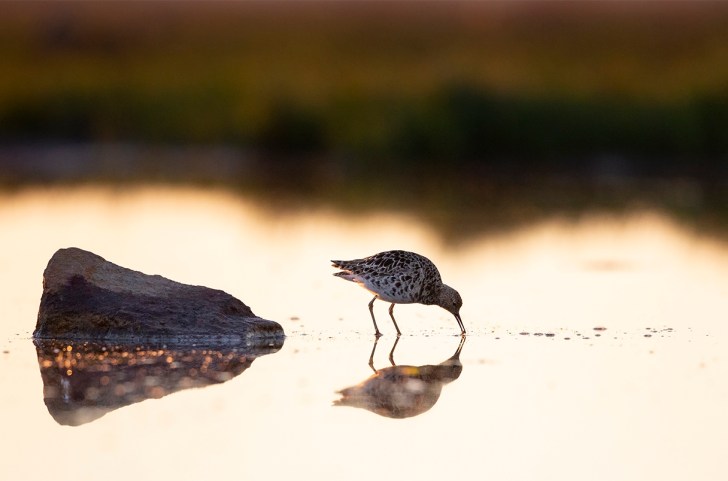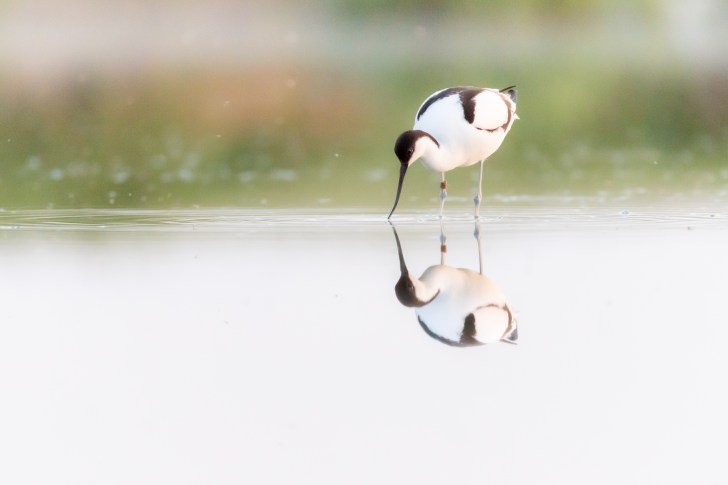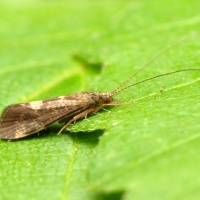Quality over quantity: do protected areas benefit waterbird populations?

Protected areas have a ‘mixed impact’ on global waterbird populations, according to the largest ever global study of their effects.
The study, published this week in Nature, suggests that protected areas such as national parks are likely to be ineffective without appropriate species and habitat management. As a result, the quality of protected areas matters as much as their quantity for biodiversity conservation.
“We know that protected areas can prevent habitat loss, especially in terms of stopping deforestation,” said lead author Dr Hannah Wauchope, from the University of Exeter. “However, we have much less understanding of how protected areas help wildlife.
“Our study shows that, while many protected areas are working well, many others are failing to have a positive effect,” Dr Wauchope continued. “Rather than focussing solely on the total global area protected, we need more focus on ensuring areas are well-managed to benefit biodiversity.”

The study team examined the impact of 1,500 protected areas in 68 countries on more than 27,000 waterbird populations. They compared waterbird populations before protected areas were established with trends afterwards, alongside those of similar populations outside protected areas.
“We were interested in understanding the impact of protected areas, as there has been increasing concern that many are ‘paper parks’ – i.e. protected on paper and in legislation, but without then translating into tangible benefits for biodiversity,” said Dr Wauchope.
“We were disappointed, but not entirely surprised, to find that protected areas have had a mixed impact on waterbird populations, as obviously we would hope that, overall, impacts were positive. However, we found that areas actively managed for waterbirds were more likely to have a positive impact.”
Waterbird populations are vital parts of most freshwater ecosystems. They are also valuable to study because they can quickly colonise or abandon a site depending on habitat quality. As a result, the authors suggest that their study has important wider lessons for biodiversity conservation.
“These results are highly relevant for upcoming discussions about international conservation targets, soon to be agreed at the UN Convention on Biological Diversity,” stated Dr Wauchope.
“Currently, it’s looking like there will be agreement to set even more ambitious targets for the amount of land protected – such as 30×30 where 30% of the Earth is protected by 2030 – we are concerned that this will simply exacerbate the problem, creating more areas designated to meet a target that aren’t actually having an impact.”

The research team included Wetlands International and the universities of Bangor, Queensland, Copenhagen, and Cornell. Their wetland bird data was collected by thousands of volunteers across the world, through the Aubudon Christmas Bird Count and Wetlands International’s International Waterbird Census.
“We argue there need to be measurable targets for protected area impact, and more investment in the management and quality of protected areas; area based targets like 30×30 can’t be a distraction from this,” Dr Wauchope stated.
“We are not saying protected areas don’t work. The key point is that their impacts vary hugely, and the biggest thing this depends on is whether they are managed with species in mind – we can’t just expect protected areas to work without appropriate management,” Dr Wauchope said. “It also appears that larger protected areas tend to be better than smaller ones.”
+++















Comments are closed.